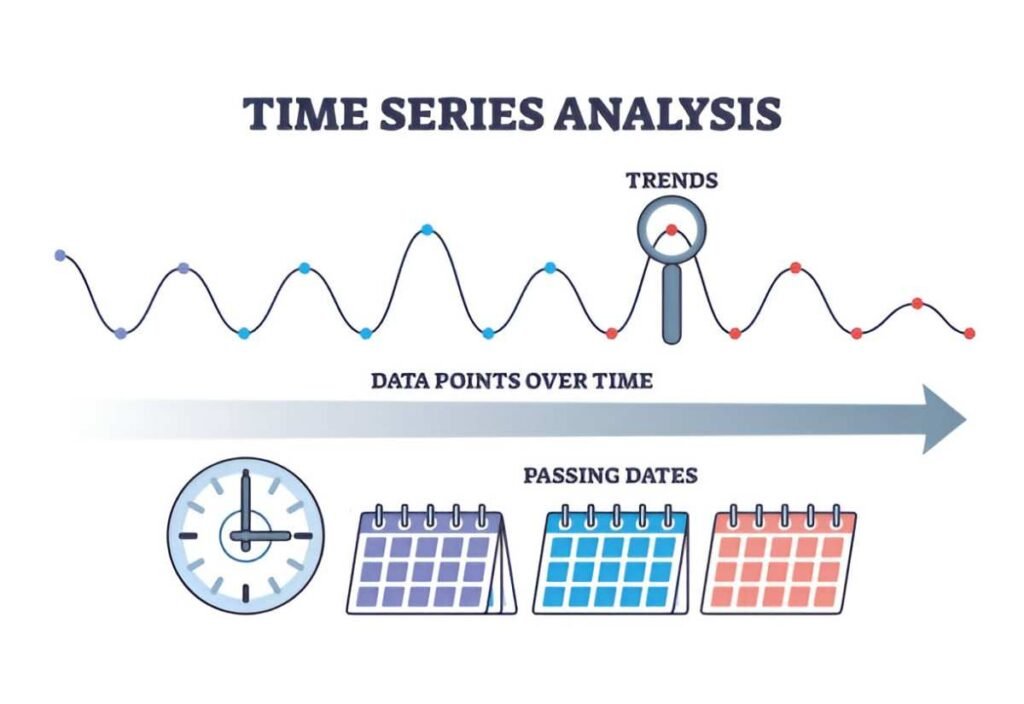Open-ended questions shape the way we gather information, build relationships, and solve complex problems. Unlike closed-ended questions that yield yes-or-no answers, open-ended questions invite exploration, reflection, and deeper understanding. In this guide, I dissect their mechanics, advantages, and real-world applications—particularly in finance and accounting—while providing actionable insights to harness their full potential.
Table of Contents
What Are Open-Ended Questions?
An open-ended question cannot be answered with a simple “yes,” “no,” or one-word response. Instead, it encourages elaboration. For example:
- Closed-ended: “Did the company’s profits increase this quarter?”
- Open-ended: “What factors contributed to the company’s financial performance this quarter?”
The latter invites analysis, revealing underlying trends rather than surface-level data.
The Psychology Behind Open-Ended Questions
Human cognition thrives on narrative. When asked open-ended questions, our brains engage in deeper processing, retrieving memories, analyzing patterns, and constructing coherent responses. Studies in behavioral economics (Kahneman, 2011) suggest that open-ended questions reduce cognitive bias by allowing respondents to frame their answers without leading prompts.
Cognitive Load and Response Quality
Closed-ended questions impose lower cognitive load but yield limited insights. Open-ended questions, while demanding, produce richer data. The trade-off can be modeled as:
Q = \frac{I}{C}Where:
- Q = Quality of response
- I = Information depth
- C = Cognitive effort
Higher I correlates with better decision-making, justifying the extra effort.
Applications in Finance and Accounting
1. Client Interviews
Financial advisors use open-ended questions to uncover client goals:
- “How do you envision your financial situation in ten years?”
- “What risks keep you awake at night?”
These questions reveal priorities that structured questionnaires might miss.
2. Auditing and Fraud Detection
Auditors ask:
- “Can you walk me through this unusual transaction?”
instead of: - “Is this transaction valid?”
The first question may expose discrepancies through narrative inconsistencies.
3. Corporate Strategy Sessions
Instead of:
- “Should we expand into Europe?”
Leaders ask: - “What macroeconomic factors should we consider before expanding into Europe?”
This shifts the discussion from binary choices to strategic analysis.
Mathematical Modeling of Question Effectiveness
We can quantify the effectiveness of an open-ended question using information entropy (Shannon, 1948):
H(X) = -\sum_{i=1}^{n} P(x_i) \log_2 P(x_i)Where:
- H(X) = Information entropy (higher means more informative responses)
- P(x_i) = Probability of each possible response
Open-ended questions maximize H(X) by allowing diverse, unstructured answers.
Example: Evaluating Investment Strategies
Suppose an analyst asks two versions of a question:
- Closed-ended: “Is this stock undervalued?” (Possible answers: Yes/No)
- Open-ended: “What valuation metrics suggest this stock is mispriced?”
The entropy for the closed-ended question is:
H(X) = -[0.5 \log_2(0.5) + 0.5 \log_2(0.5)] = 1 \text{ bit}The open-ended version has near-infinite entropy since responses vary widely.
Comparing Open-Ended vs. Closed-Ended Questions
| Aspect | Open-Ended Questions | Closed-Ended Questions |
|---|---|---|
| Response Depth | High (narrative, detailed) | Low (binary/short) |
| Analysis Complexity | Requires qualitative coding | Easy to quantify |
| Bias Risk | Low (unstructured) | High (leading prompts) |
| Use Case | Exploratory research, interviews | Surveys, data aggregation |
Crafting Effective Open-Ended Questions
1. Avoid Leading Language
- Weak: “Don’t you think this investment is risky?”
- Strong: “How would you assess the risks of this investment?”
2. Encourage Storytelling
- “Describe a time when market volatility affected your decisions.”
3. Use the “Five Ws” Framework
- Who, What, When, Where, Why, and How.
- Example: “Why did the company’s liquidity ratio decline last quarter?”
Limitations and Mitigations
1. Time-Consuming Analysis
Open-ended responses require manual review or NLP tools. However, AI-powered sentiment analysis can automate categorization.
2. Respondent Fatigue
Long narratives may deter participation. Balancing open and closed questions optimizes engagement.
Real-World Case: The 2008 Financial Crisis
During post-crisis hearings, regulators used closed-ended questions like:
- “Did banks misrepresent mortgage-backed securities?”
This yielded defensive yes/no answers. Open-ended alternatives like:
- “How did risk assessment models account for housing price declines?”
elicited explanations revealing systemic flaws.
Final Thoughts
Open-ended questions unlock nuanced insights, foster critical thinking, and mitigate bias. In finance, they transform superficial data into actionable intelligence. While they demand more effort, their payoff in depth and clarity justifies their use.





